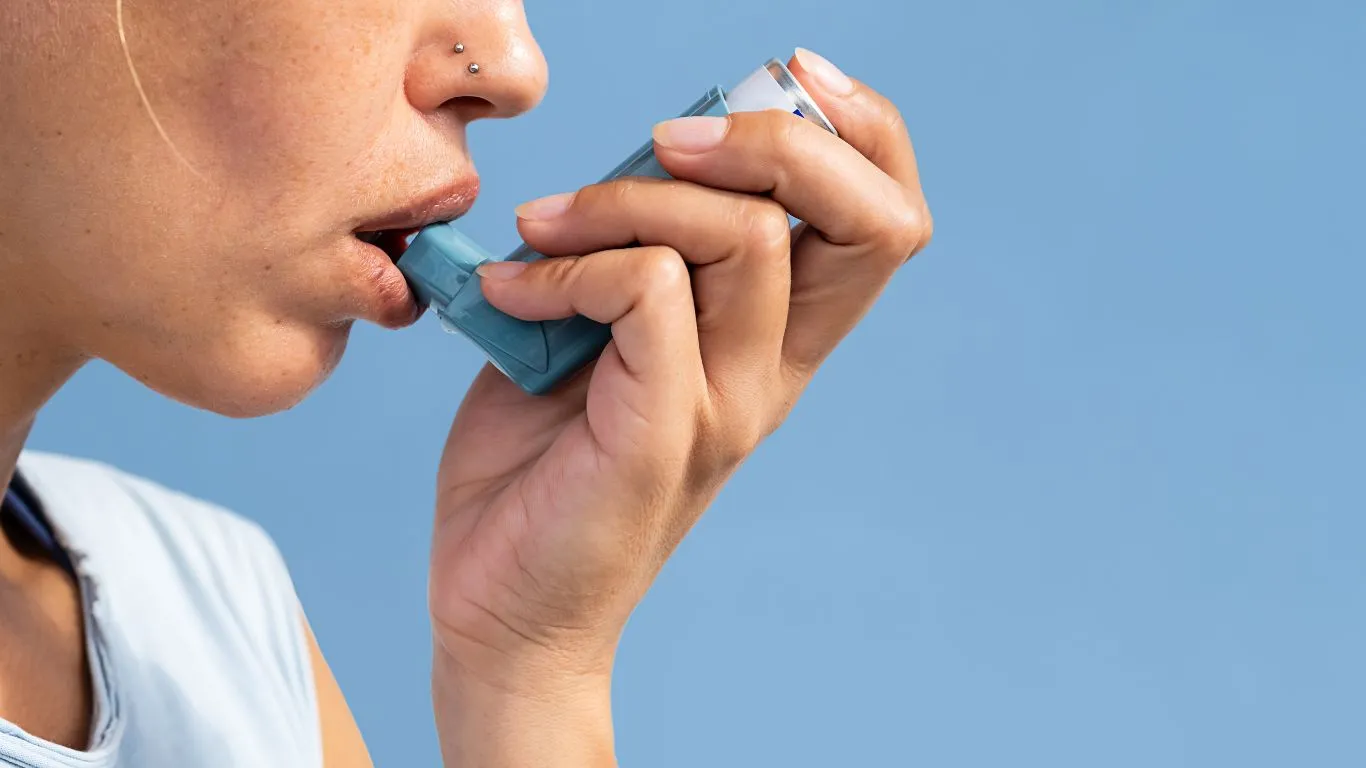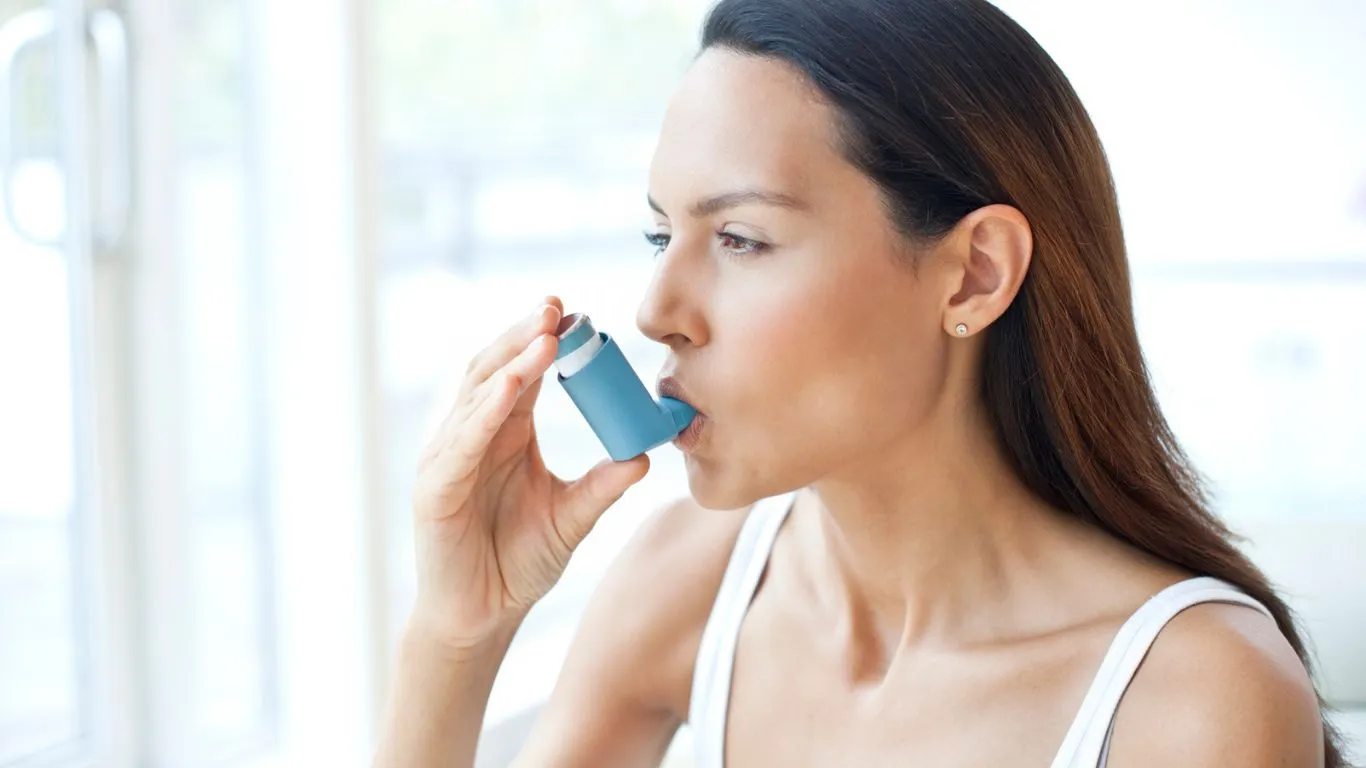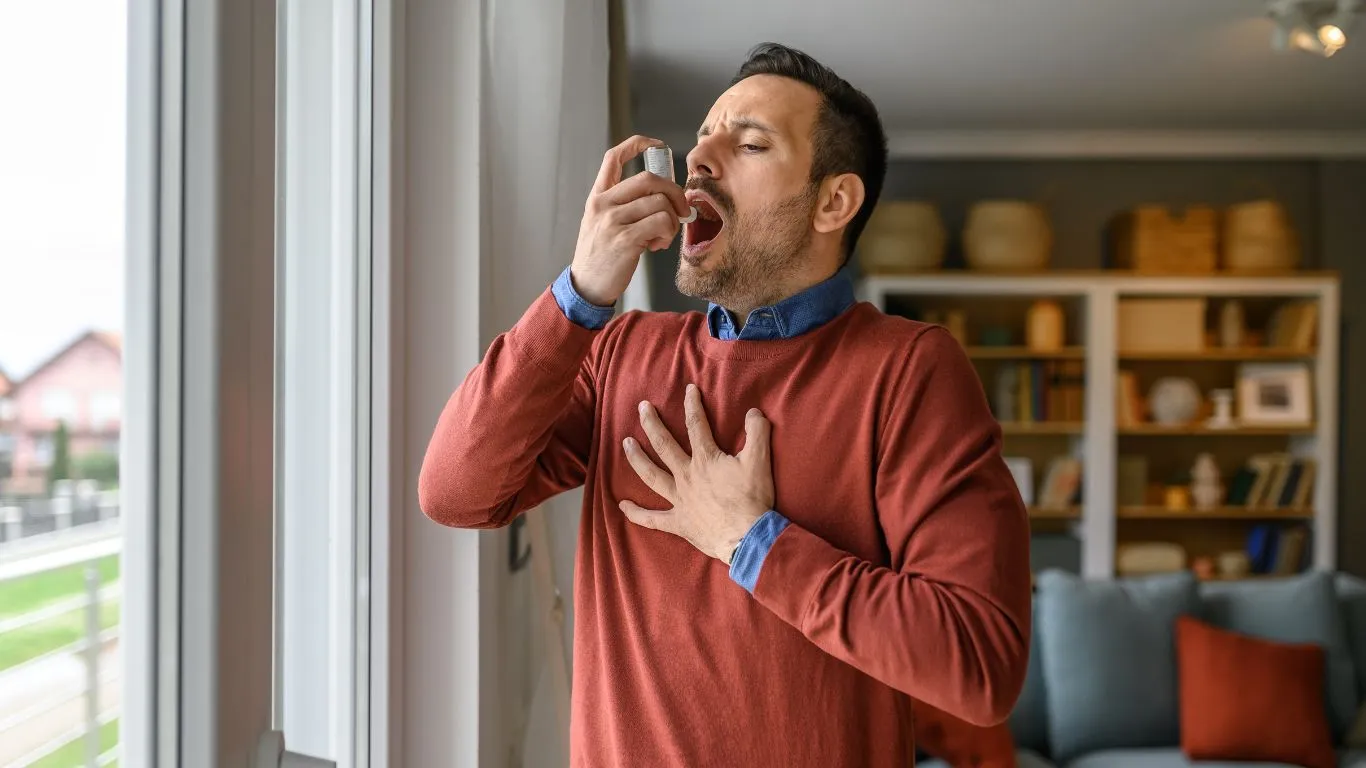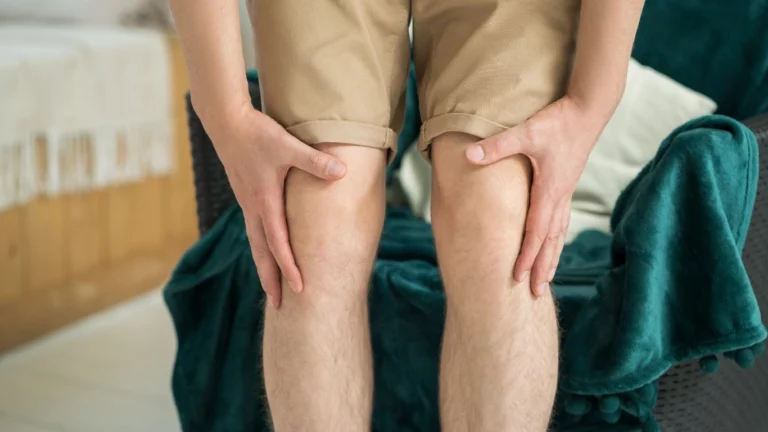Best Asthma Safe Cleaning Products for Home That Actually Work
Living with asthma—whether it’s your own or a loved one’s—makes you hyper-aware of every single thing that floats in the air. Trust me, as a pulmonary nurse practitioner and someone who’s walked this journey alongside countless patients, I’ve seen firsthand how everyday products can turn a safe haven into a sneezy, wheezy mess. That’s why choosing asthma safe cleaning products for home is way more than just a trend—it’s a necessity. Not all “green” or “natural” products are created equal, and knowing what truly works (and what’s just clever marketing) is half the battle.
Why Regular Cleaners Can Be a Nightmare for Asthma Sufferers

Let’s get real—most of us grew up with bleach as the holy grail of cleaning. But those strong-smelling, chemical-heavy products? Yeah, they’re often loaded with volatile organic compounds (VOCs) that can irritate airways and trigger asthma symptoms. I’ve had patients come into the clinic with flare-ups after a “deep clean” weekend, and nine times out of ten, it’s the products they used that are the culprits.
What Are VOCs, and Why Should You Avoid Them?
VOCs are gases that certain products release into the air, especially when used in enclosed spaces. They’re commonly found in:
- Bleach-based cleaners
- Ammonia sprays
- Air fresheners and scented disinfectants
Breathing in VOCs can cause coughing, wheezing, shortness of breath, and even chest tightness. In other words—not fun if you have asthma.
How I Help My Patients Choose Safer Cleaning Products

One of the first things I recommend during a home environment assessment is switching to asthma safe cleaning products for home. The right products can drastically reduce symptom flare-ups and make breathing a whole lot easier. Here’s the checklist I usually share:
- Fragrance-Free is Your Friend: Even “natural” fragrances can irritate airways. Always go unscented.
- Look for Certification: Products with labels like EPA Safer Choice or Asthma & Allergy Friendly are more trustworthy than vague “green” claims.
- Avoid Aerosols: Go for pump sprays or liquids you can dilute.
I remember this one family I worked with—a mom, dad, and their 8-year-old daughter who had moderate asthma. They’d been using a super floral-scented disinfectant in her bathroom daily. Once we switched it out for a gentle, fragrance-free hydrogen peroxide-based cleaner, her nighttime coughing spells dropped dramatically. Sometimes it’s the little changes that make a big difference.
Natural Doesn’t Always Mean Safe
Here’s where it gets a little tricky. I’ve seen well-meaning patients swap their usual products for vinegar, essential oils, and lemon juice thinking they’re safer. While those sound great in theory, many essential oils are surprisingly strong asthma triggers—especially eucalyptus, tea tree, and citrus oils.
If you’re going the DIY route, I always recommend testing small batches and avoiding essential oils entirely if asthma is in the picture. Sometimes good ol’ baking soda and unscented Castile soap can do the trick without kicking off a wheeze-fest.
Top Ingredients to Embrace and Avoid

Ingredients That Get a Green Light
- Hydrogen peroxide (3% or less)
- Unscented Castile soap
- Baking soda
- White vinegar (used cautiously, well-ventilated)
- Plant-based surfactants (non-fragrant)
Ingredients You Should Steer Clear Of
- Chlorine bleach
- Ammonia
- Sodium hypochlorite
- Fragrances (including “natural fragrances”)
- Quaternary ammonium compounds (quats)
Bottom line? If you need to hold your breath while cleaning, that product probably isn’t asthma-safe. Stay tuned, I’ll walk you through specific product brands and my go-to recommendations from the clinic shelves next.
Real-Life Asthma Safe Cleaning Products for Home That I Actually Recommend

Okay, let’s talk brands. Because let’s be honest—standing in the cleaning aisle with 20 “green” options can feel like deciphering a secret code. So here’s a breakdown of actual asthma safe cleaning products for home that I either use myself or recommend to patients. This list is based on both medical insight and plain ol’ life experience.
My Top Trusted Picks
- Seventh Generation Free & Clear: No dyes, no fragrances, and certified by the EPA’s Safer Choice program. It’s a staple in my own home, especially for kitchen counters and high-touch areas.
- ECOS Hypoallergenic All-Purpose Cleaner: Plant-powered, fragrance-free, and surprisingly effective even on greasy messes.
- Attitude Sensitive Home Cleaning Products: Made specifically for people with asthma and allergies—this brand’s surface sprays and laundry detergents are seriously underrated.
- Force of Nature: A little more on the techy side—it uses electricity to turn salt, water, and vinegar into a disinfectant that’s hospital-grade but gentle on lungs.
All of these have passed the sniff test, literally and figuratively, in real-world situations—whether in my clinic consultations or in my own kitchen during Sunday deep cleans.
What I Always Keep in My “Asthma-Safe Cleaning Kit”
Sometimes I joke with my patients that I carry a cleaning emergency kit in my car—okay, not really, but if I did, it would include:
- A pump spray of diluted Castile soap (unscented)
- A small bottle of hydrogen peroxide for spot disinfection
- Reusable microfiber cloths (seriously cut down on airborne dust)
- Gloves to protect skin and avoid unnecessary irritation
I even keep a small HEPA-filter air purifier near my laundry area because some detergents—even the “safe” ones—can linger in the air for a while after use.
Safe Cleaning Routines That Don’t Trigger Asthma

Here’s something most people don’t think about: it’s not just what you use to clean—it’s also how you clean. You could have the best product in the world, but if you’re scrubbing in a windowless bathroom with no ventilation? Still not great for your lungs.
Simple Habits That Help a Lot
- Ventilation is key: Open windows and doors, or use fans to push fumes out.
- Dust first, then vacuum: Always use a vacuum with a HEPA filter.
- Wet dusting beats dry dusting: It traps particles instead of spreading them.
- Clean one room at a time: This reduces overall exposure to airborne irritants.
I remember visiting a patient who was constantly coughing during cleaning days. Turned out she was vacuuming first, then wiping down surfaces—sending dust flying everywhere. Just switching the order made a huge difference in her breathing.
When in Doubt, Less Is More
Overcleaning can be just as problematic as using harsh products. I always tell families with asthmatic children: don’t aim for “surgical room sterile.” Aim for fresh, clear air and visibly clean surfaces. There’s a balance to strike between cleanliness and respiratory wellness.
What I Tell Parents of Kids With Asthma

Kids with asthma are extra sensitive, and I’ve seen how even mild cleaners can throw off their breathing. So when parents ask me what to do at home, I focus on these core ideas:
- Keep cleaning supplies locked away and clearly labeled so little hands don’t get into things they shouldn’t.
- Test new products in small areas first to watch for any signs of irritation or reactions.
- Skip the scented laundry detergents, fabric softeners, and dryer sheets. Even the “baby fresh” ones can mess with sensitive lungs.
I had a mom come into the clinic in tears once, thinking her daughter needed a medication change. After talking, we traced the flare-ups back to a new lavender-scented floor cleaner. Once they made the switch back to a fragrance-free option, things calmed down within days. Sometimes, it’s not about more meds—it’s about fewer irritants.
Next, I’ll walk through some DIY recipes that have worked for patients and families who want control over ingredients. It’s easier than you think, and you don’t need a chemistry degree—just a few staples and some common sense.
Easy DIY Asthma Safe Cleaning Products for Home

If you’re the kind of person who likes to know *exactly* what’s in your products (honestly, same!), then DIY cleaning solutions are the way to go. I often suggest this route to my more sensitive patients or families who want to eliminate guesswork when it comes to ingredients. And no—you don’t have to turn into a chemist. Most of these recipes use pantry staples and take less than five minutes to throw together.
Bianca’s Go-To DIY All-Purpose Cleaner
- 1 cup distilled white vinegar
- 1 cup water
- 1 tablespoon baking soda
Mix these in a large spray bottle (do it slowly—baking soda and vinegar like to fizz). Use on countertops, bathroom surfaces, and even light kitchen grime. Just avoid natural stone like granite or marble—vinegar can dull the finish.
Gentle Glass & Mirror Cleaner
- 1 part rubbing alcohol (70%)
- 1 part distilled water
- A few drops of fragrance-free Castile soap (optional)
This one gives windows that streak-free sparkle without triggering sneezes or tight chests. I use it in my own home office, especially on laptop screens and glass tabletops.
Natural Bathroom Scrub
- ½ cup baking soda
- Water (just enough to make a paste)
Spread it over your sink or tub, let it sit for 10-15 minutes, then scrub away with a sponge. It’s surprisingly effective and has zero scent. Bonus: you can let the kids help with this one since there’s no risk of fumes.
Over the years, I’ve seen many families switch to homemade solutions and report fewer asthma-related symptoms, especially in kids. Plus, there’s something empowering about knowing you’re not relying on mystery chemicals to keep your home clean.
How to Read Labels Like a Pro

Now, I get it—labels can be confusing. One product says “eco-friendly,” another says “natural,” and yet another has 15 symbols on the back. So let me simplify what really matters when looking for asthma safe cleaning products for home:
Buzzwords That Mean Nothing (Seriously)
- “Natural” – Doesn’t always mean safe. Essential oils are “natural” but can still trigger asthma.
- “Dermatologist-tested” – That’s about skin, not lungs.
- “Green” – Unless it’s backed by a legit certification, it’s mostly just marketing fluff.
What You *Do* Want to See
- EPA Safer Choice label
- Asthma & Allergy Friendly certification
- Fragrance-free (not just “unscented”—they’re different!)
I often tell patients to bring photos of products they’re considering into appointments. It’s a great way to go over ingredients together and build a personalized list of safe options. A little guidance upfront can save months of coughing and wheezing later.
Quick Tips to Keep Your Airway Happy While Cleaning
Because even the best products can cause irritation if you’re not careful about how you use them, here are a few practical tips I share all the time in clinic:
- Open the windows or use fans while cleaning—fresh airflow makes a huge difference.
- Use gloves to keep residue off your hands (then you’re not rubbing it near your face).
- Store cleaning supplies in sealed bins—even closed bottles can release fumes over time.
- Clean during times of day when asthma symptoms are least active—usually late morning or early afternoon for most people.
One of my patients, a retired school teacher, swears by her “cleaning playlist” and does all her chores before lunch with the windows open and her favorite jazz tracks playing. Whatever makes it work for you—just don’t forget the airflow.
Final Thoughts from the Nurse Side of Things
Living with asthma doesn’t mean living in fear of every cleaning day. With the right products, some know-how, and a few small changes, you can keep your home fresh and your lungs happy. I’ve seen it time and time again—families who switch their routines, tweak their tools, and suddenly find themselves breathing easier, sleeping better, and needing fewer emergency inhaler puffs.
As a healthcare provider, I always encourage patients to think of home cleaning as part of their asthma action plan. It’s not just about dust and germs—it’s about creating an environment where your lungs feel safe. And as someone who’s spent a good chunk of her career helping folks manage respiratory issues, trust me: it’s worth the effort.
References
- Environmental Protection Agency (EPA)
- Asthma and Allergy Foundation of America (AAFA)
- Centers for Disease Control and Prevention (CDC)
- American Gastroenterological Association
Disclaimer
This article is intended for educational purposes only and should not replace personalized medical advice from your healthcare provider. Always consult a licensed professional before making changes to your asthma treatment or home environment.

Bianca Nala is a compassionate Nurse Practitioner with a strong background in primary and respiratory care. As a health writer for Healthusias.com, she combines her clinical expertise with a talent for clear, relatable storytelling to help readers better understand their health. Bianca focuses on topics like asthma, COPD, chronic cough, and overall lung health, aiming to simplify complex medical topics without losing accuracy. Whether she’s treating patients or writing articles, Bianca is driven by a single goal: making quality healthcare knowledge accessible to everyone.






